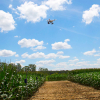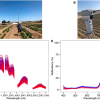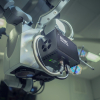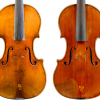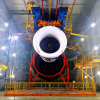
Breakfast, mid-afternoon snack, post-exercise boost? The range and availability of cereal bars has grown enormously in the last years. Whether you like yours moist or on the dry side, consistency is essential. Hyperspectral imaging can be used on the production line to monitor the moisture content; in fact, this should be a fairly simple application with the presence of water bands in the near infrared (NIR). However, there is a drawback. The standard light source is a stabilised-halogen one; these are both expensive and produce significant amounts of heat that can actually dry the cereal bars being analysed!
A new study has compared three different illumination systems for moisture prediction in the visible-near infrared (vis-NIR) range (from 400 nm to 1000 nm). The hyperspectral images were acquired using three illumination systems including two halogen-based systems (stabilised-halogen and conventional-halogen) and an LED-based illumination system. The results showed that halogen-based illumination systems combined with a partial least squares model better predicted moisture in bars. Lower accuracies were obtained when the experiment was performed with an LED-based illumination system, which showed double the error of the halogen-based systems. It was concluded that this is a consequence of the information lost in bands appearing above 850 nm that may be revealing information about the moisture in bars since the second overtone of the water O–H is found at 970 nm. The results demonstrate that conventional halogen-based light systems in the vis-NIR range are a promising method for moisture prediction in cereal bars.




